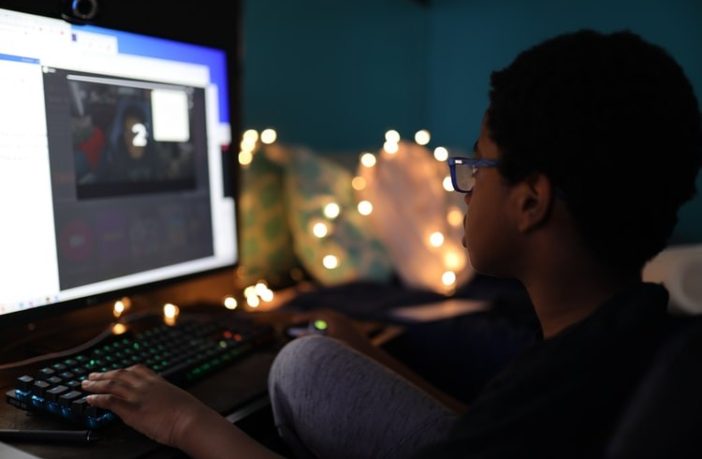Poor Black and Brown students are disproportionately affected by the lack of stable internet access. This is a problem that has long-term effects on their future and the future of our communities. (Courtesy of unsplash)
By Daryl Moore
Special to the AFRO
“The COVID-19 pandemic laid bare the challenges digitally disconnected students face like nothing else,” Student Internet Equity Coalition Founder Donna Rattley Washington told the AFRO. “With the closing of some 118,000 public and private schools across the country, a large majority of the 55 million K-12 students have had to rely on some form of online distance learning through the 2020-2021 academic school year. The country’s eyes have been opened to the reality that low-income, Black, Brown, rural and Native-American students are disproportionately disconnected from the technology they need to learn, which has devastating consequences for their academic and workforce success. The biggest difference now is that the ‘homework gap’ has turned into the ‘learning gap.’ We literally had millions of students in this country and worldwide who could not learn at all because they were not connected to the internet at home or their child didn’t have a computer.”
According to Washington, prior to COVID-19, 35% of families with K-12 students earning under $30,000 lacked access; 41% of Black families in this income group; 36.2% rural and 34.2% Native American. For families earning under $25,000 the outlook is even bleaker, 45% of these families with K-12 students lack Internet access at home. Furthermore, nearly 20% of teens don’t have access to the internet or a device at home. For Black teens, the number increases to 25%. “Students of color and families living in poverty disproportionately lack the tools they need to keep up with their peers in an increasingly digital world, a problem that has long-term effects on their future and the future of our communities,” Washington explained.
Washington said Congress and the Federal Communications Commission (FCC) have acted to put in place emergency efforts to get support for monthly internet access and computers for many people impacted by the pandemic, including K-12 students through both the Emergency Broadband Benefit Program and by expanding a program that provides funding to schools and libraries (E-rate Program) to allow schools and libraries to pay for home internet connectivity for students. “Unfortunately, these are costly temporary measures,” Washington admitted. “None of these programs have been enacted as long-term solutions and their annual cost makes them unsustainable.”
Washington believes that the Student Internet Equity Program (SIEP) is the most comprehensive program that would connect all middle and high school students to the internet and a computer at a fully subsidized, partially subsidized, or discounted rate for the duration of their middle and high school careers. Plus, rather than hoping families find out about this benefit through the efforts of nonprofits, or relying on companies to make families aware, SIEP is coordinated at the school or local government level, so all families, all families know about this opportunity.
Furthermore, Washington urged all families who don’t have internet access and/or a computer for their student to reach out to their child’s school and let them know.
“By 2030, nearly 9 out of 10 jobs will require digital skills,” Washington said. “Who is going to get what job? This thought and these words haunt me. Who do we think will get the job that requires digital skills? The young person who has 24/7 access to this technology and uses it consistently to research and evaluate information, or the student who uses it after school at the library if they are lucky, or in the parking lot of a fast-food restaurant or maybe school parking lot if they are not so lucky? This is not just an academic issue—this is a critical workforce issue.”



